When choosing a dog, health and longevity play an important role in ensuring a happy companionship. While every dog benefits from routine care, vaccinations, and preventive check-ups, some breeds are naturally more resilient, requiring fewer emergency visits to the veterinarian. These hardy breeds tend to have fewer genetic disorders, strong immune systems, and adaptable lifestyles. Below are ten dog breeds that stand out for their good health, durability, and lower likelihood of frequent medical issues, making them easier companions for pet owners who want peace of mind.
1. Beagle

Beagles are small to medium-sized hounds that have been popular since the 16th century, when they were first bred in England for hunting rabbits and hares. Known for their cheerful personalities and loyalty, Beagles also happen to be one of the healthier breeds. Their sturdy build and genetic resilience protect them from many common dog ailments. While ear infections can occur due to their floppy ears, they rarely suffer from major hereditary diseases. With regular exercise and a balanced diet, Beagles can live 12-15 years with minimal vet intervention, making them a low-maintenance yet loving family companion.
2. Australian Cattle Dog
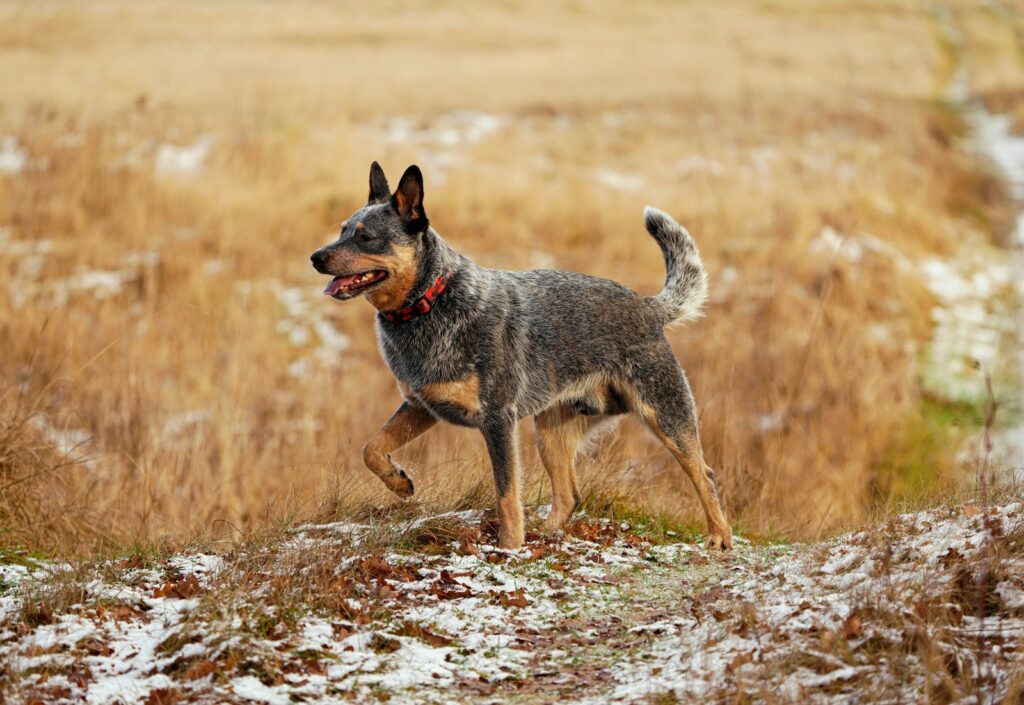
The Australian Cattle Dog, developed in the 19th century for herding livestock in harsh conditions, is a remarkably robust breed. Bred to withstand long hours of activity in rough environments, these dogs possess excellent stamina and strong immune systems. Known for their intelligence and independence, they rarely face serious hereditary health concerns. Hip dysplasia may occur in rare cases, but overall, their natural durability keeps them healthy well into old age. With adequate exercise and mental stimulation, an Australian Cattle Dog can live 12-16 years with few vet visits, making them a hardworking and resilient choice.
3. Basenji
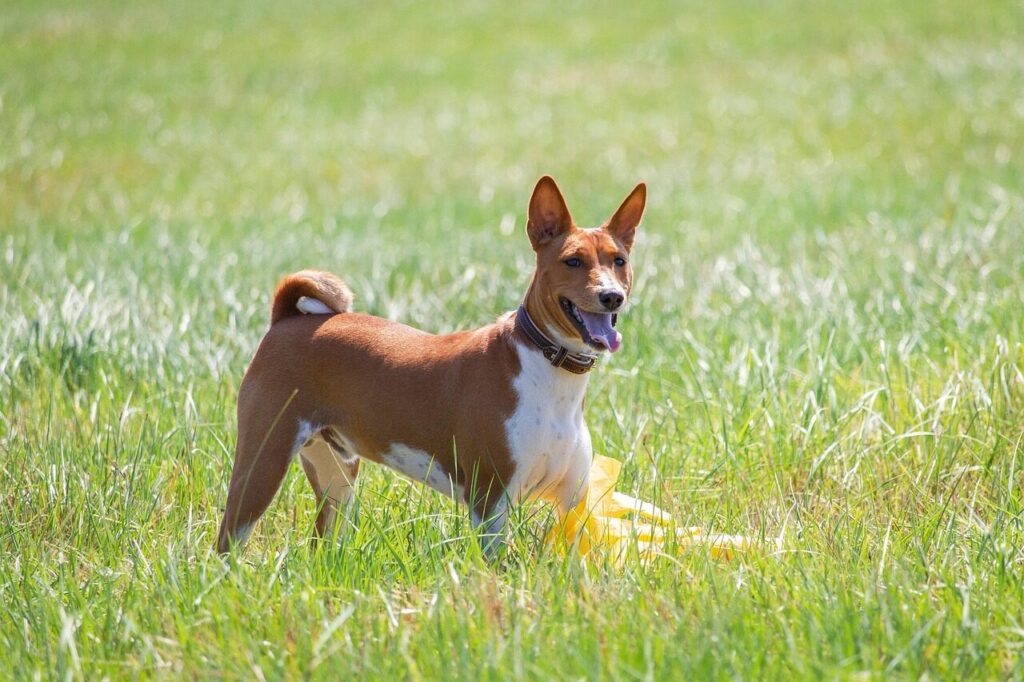
The Basenji, often called the “barkless dog” of Africa, is an ancient breed prized for its cleanliness and independence. First bred thousands of years ago as hunting companions, they have developed a hardy constitution over the centuries. Basenjis are less prone to the genetic diseases seen in other dogs and have excellent resistance to infections. They are also less likely to develop dental issues thanks to their clean habits. While they need proper training and exercise, their health generally requires fewer interventions than many breeds. With proper care, Basenjis can live 13-15 years, making them both exotic and easy to maintain.
4. Border Collie
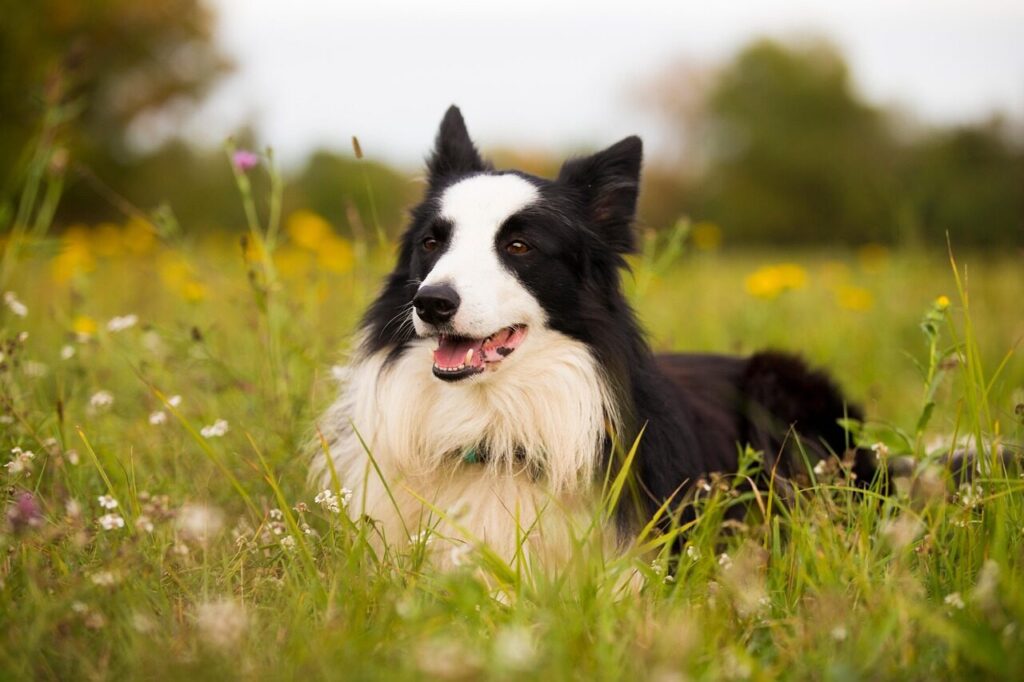
Known as one of the smartest dog breeds in the world, the Border Collie was bred in the 19th century along the border of England and Scotland for herding sheep. Their working history has shaped them into an active, resilient breed with few health complications. While eye conditions and hip dysplasia can occasionally appear, most Border Collies enjoy excellent health and long lives. Their active nature and sharp minds keep them fit, and with a balanced diet, they thrive into their late teens. A healthy Border Collie often lives 12-17 years, requiring only routine check-ups rather than frequent vet care.
5. Chihuahua
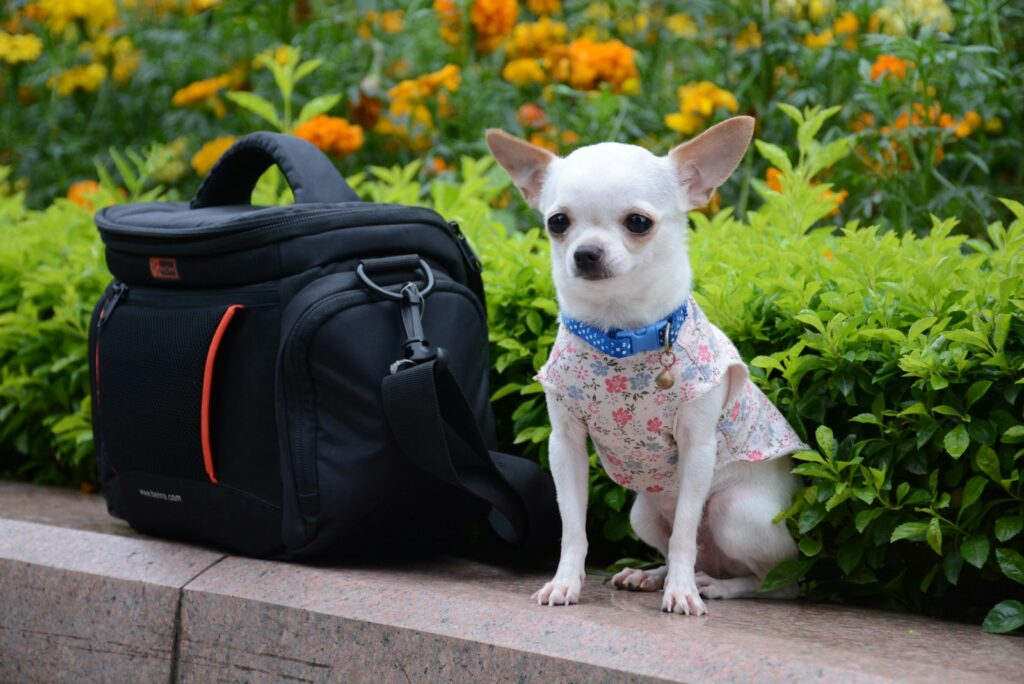
The Chihuahua, one of the smallest dog breeds, originated in Mexico and has been cherished for centuries. Despite their tiny size, they are surprisingly hardy and often live longer than many larger breeds. With proper nutrition and dental care, Chihuahuas rarely face significant hereditary issues. Their small frames mean less stress on joints, and they generally remain active and lively well into old age. While they may need regular dental cleanings, major vet visits are not common. Many Chihuahuas live 14-18 years, making them not only affectionate companions but also one of the healthiest and longest-living breeds.
6. Shiba Inu
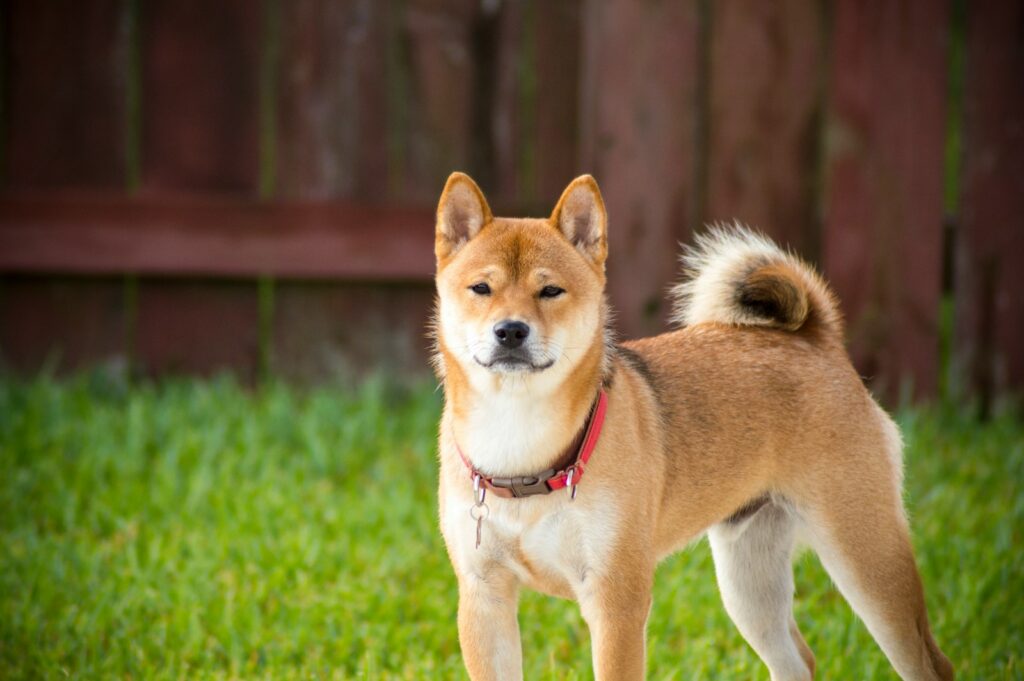
The Shiba Inu, a native Japanese breed, has been around for thousands of years and was originally used for hunting small game. They are known for their fox-like appearance, independence, and robust health. Shibas have fewer genetic problems compared to many modern breeds, thanks to their ancient lineage and selective breeding for resilience. While they can occasionally develop allergies, most Shiba Inus remain in excellent condition throughout their lives. With good nutrition and exercise, they live 12-16 years with relatively few medical issues, making them a popular choice for owners who want a hardy yet spirited companion.
7. Siberian Husky
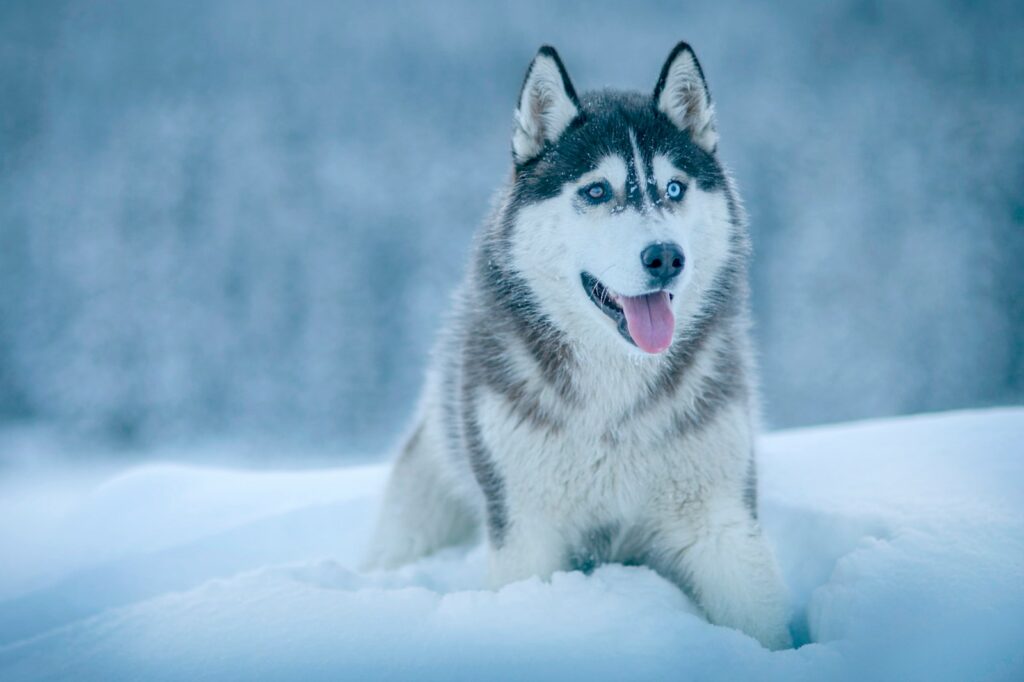
The Siberian Husky, bred centuries ago by the Chukchi people of Siberia for pulling sleds across harsh climates, is one of the hardiest breeds alive today. Their history of survival in extreme cold has made them incredibly resilient. Huskies rarely suffer from genetic diseases and are known for their strong immune systems. They do require regular exercise to stay healthy, but they seldom need emergency vet care. With proper grooming and routine check-ups, Huskies can live 12-15 years without frequent medical issues. Their strength, stamina, and cheerful temperament make them a favorite for active families.
8. Greyhound
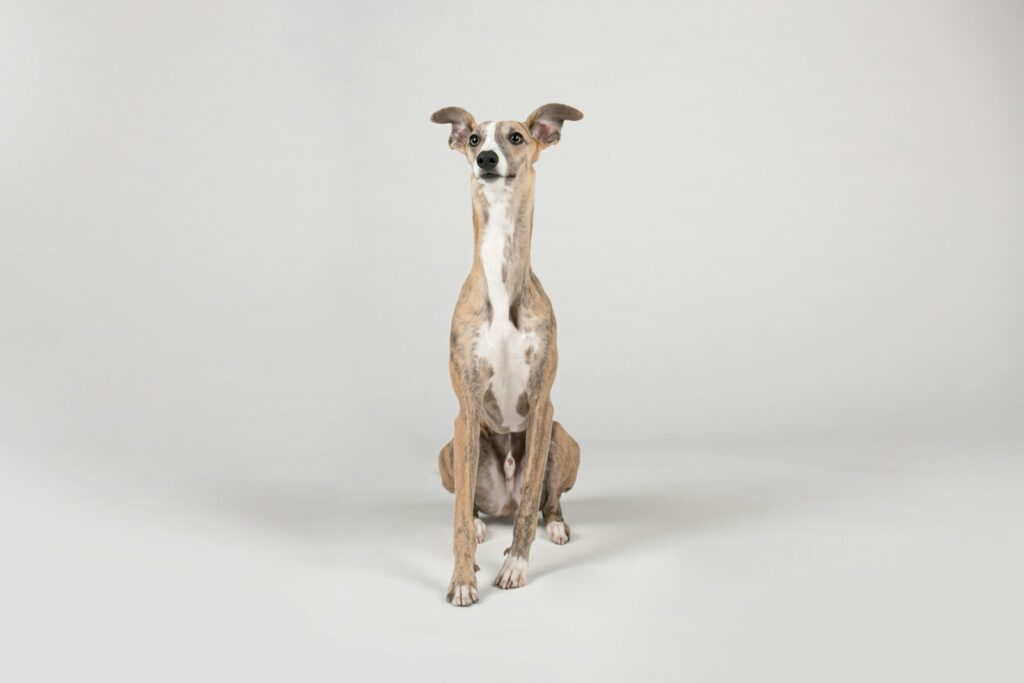
Greyhounds, one of the oldest dog breeds dating back over 4,000 years, are often admired for their elegance and speed. Surprisingly, they are also among the healthiest breeds. Despite their slim build, they are not prone to many hereditary diseases and typically live long, healthy lives. Their short coats make them low-maintenance, and they adapt well to home environments when not racing. With routine preventive care, Greyhounds avoid most of the issues that plague other breeds. They typically live 10-14 years and rarely require frequent vet visits, making them gentle, affectionate, and healthy companions.
9. German Pinscher
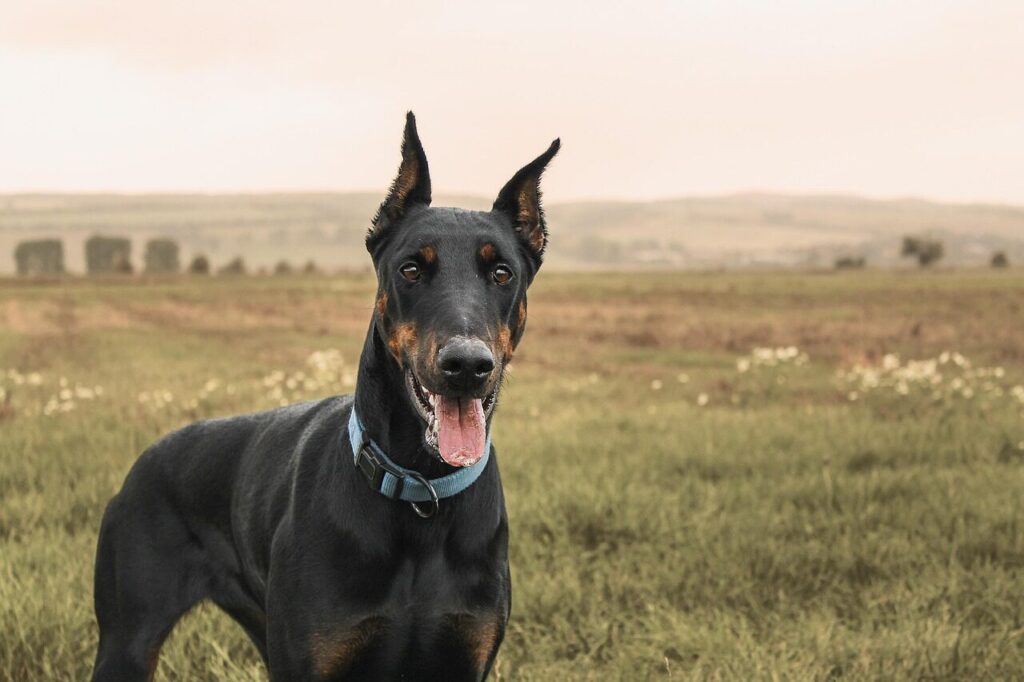
The German Pinscher, bred in the 19th century as a farm dog in Germany, is known for its intelligence, strength, and overall hardiness. Unlike some other breeds, the German Pinscher has relatively few inherited health conditions. Their robust immune system and athletic build help them stay fit and active throughout life. While they may develop minor issues like dental tartar if neglected, most remain healthy with routine care. With proper nutrition and regular activity, German Pinschers live 12-14 years with little need for specialized veterinary treatment, making them reliable, long-lived companions for active households.
10. Labrador Retriever
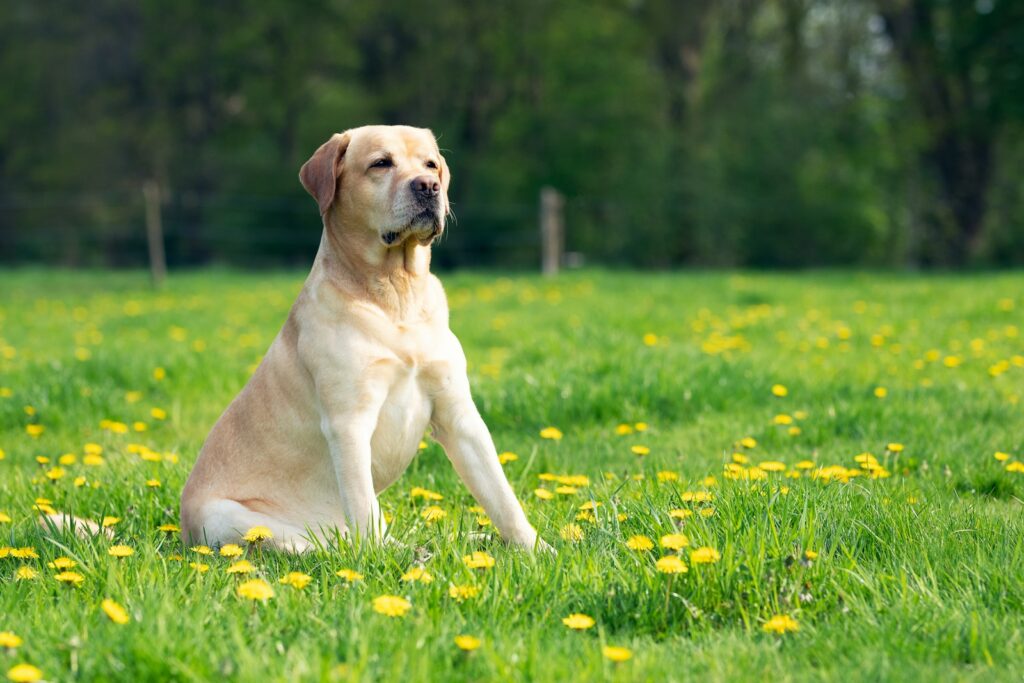
Labrador Retrievers, originally bred in the 1800s in Newfoundland to assist fishermen, are not only one of the most popular breeds worldwide but also among the healthiest when responsibly bred. Labs are sturdy, adaptable, and resilient, with fewer severe hereditary concerns compared to many purebreds. While they can be prone to weight gain if not exercised, their overall health remains strong with proper management. Regular activity and a balanced diet keep them in peak condition, and most live 10-14 years with minimal medical complications. Labs are not only loyal family dogs but also among the most robust breeds.
Comments